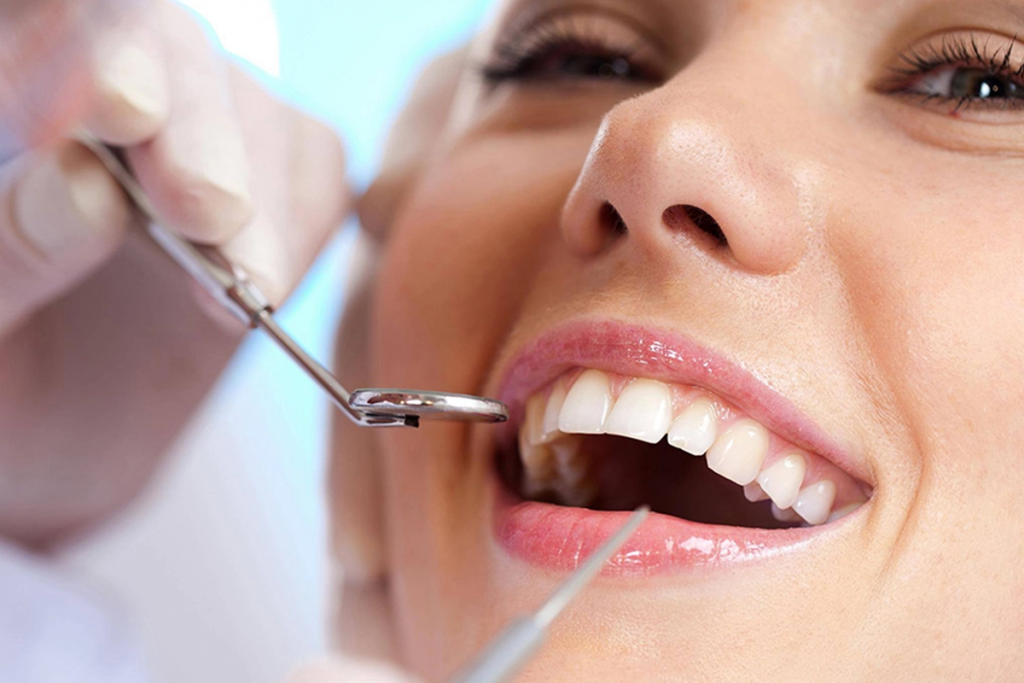IMPLANT
İmplant eksik olan bir veya birkaç dişin işlev ve estetiğini iade etmek için çene kemikleri içinde açılan yuvaya yerleştirilen genellikle titanyum esaslı vidadır.
Advantages of the Implant
- Increases retention in implant supported complete dentures.
- In case of missing teeth, the missing teeth are removed without touching the adjacent teeth.
- It provides better chewing and speaking functions than traditional prostheses.
- It is bio compatible and does not spoil the natural look.
What is the Application Age of Dental Implants?
Depending on the development of the bone, the age at which the implant starts to be applied is generally 16 years old for women and 18 years for men.

The lower limit may vary depending on bone development and condition, but there is no upper limit for the age of treatment.
Additional treatments may be needed in terms of implant application due to aging and bone resorption. It is beneficial to apply implant treatment as early as possible in order to minimize the possibility of additional treatments.
How Does the Implant Treatment Process Proceed?
- In the first examination of our patient, evaluations are made as a result of clinical and panoramic x-ray examinations.
- Under appropriate conditions, suitable dental prostheses are designed for the patient. The number of implants is determined to be suitable for the prosthesis.
- Treatment processes may vary depending on the patient’s condition and bone quality.
- In some cases, the prosthesis phase can be started on the same day as the implant.
Are Implants Safe?
Titanium-based implants do not cause an allergic reaction as they are biocompatible. In this way, they can be used safely. They can be used for years with good oral care.
All on 4 and All on 6 Techniques
The All on 4 and 6 technique is a fixed prosthesis technique with minimal implant application to the patient. Another advantage is that temporary prostheses can be applied to the patient on the day of the procedure, thus avoiding aesthetic concerns.
Sinus Lifting
With the loss of teeth in the upper jaw, posterior region, loss of bone tissue surrounding the tooth may occur over time. Sagging may occur in the sinus cavities adjacent to this area. For an ideal implant treatment, the loss of the sinus floor is treated by raising the bone tissue in this region. After sinus elevation and bone powder application, sufficient bone level is obtained for the implant and deficiencies are eliminated with fixed prostheses by placing the implants.
Bone powder applications
While bone loss makes it difficult to perform various treatments in an ideal way, it also causes losses in some functions and aesthetic appearance. Bone grafts are used to compensate for these losses. In this way, the lost tissue is restored. Afterwards, fixed prostheses are placed with implant application.



